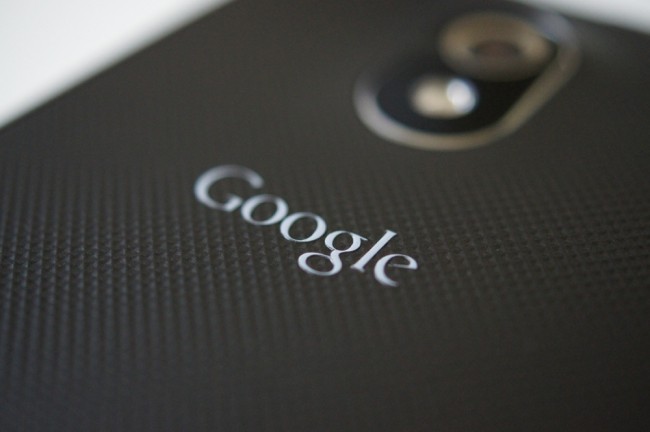You can tell that Google employees absolutely love what they do. They get to geek out on tech goodness all day and make something that millions of people use for their personal and business lives everyday. The newest Google employee to come forward and explain some more Android technically-directed information on Google+ is Dianne Hackborn.
There seems to be some “misinformation” out in the world about Android’s hardware/graphics that Dianne wants to squash immediately.
I get tired of seeing so much misinformation posted and repeated all over the place about how graphics rendering works on Android. Here is some truth:
• Android has always used some hardware accelerated drawing. Since before 1.0 all window compositing to the display has been done with hardware.
• This means that many of the animations you see have always been hardware accelerated: menus being shown, sliding the notification shade, transitions between activities, pop-ups and dialogs showing and hiding, etc.
Android did historically use software to render the contents of each window. For example in a UI likehttp://www.simplemobilereview.com/wp-content/uploa
ds/2010/12/2-home-menu.png there are four windows: the status bar, the wallpaper, the launcher on top of the wallpaper, and the menu. If one of the windows updates its contents, such as highlighting a menu item, then (prior to 3.0) software is used to draw the new contents of that window; however none of the other windows are redrawn at all, and the re-composition of the windows is done in hardware. Likewise, any movement of the windows such as the menu going up and down is all hardware rendering.
If you love talking tech (and who better to do it with than a Google employee working on Android, then go ahead and check out her full write-up here.
Via: Google+

Collapse Show Comments65 Comments